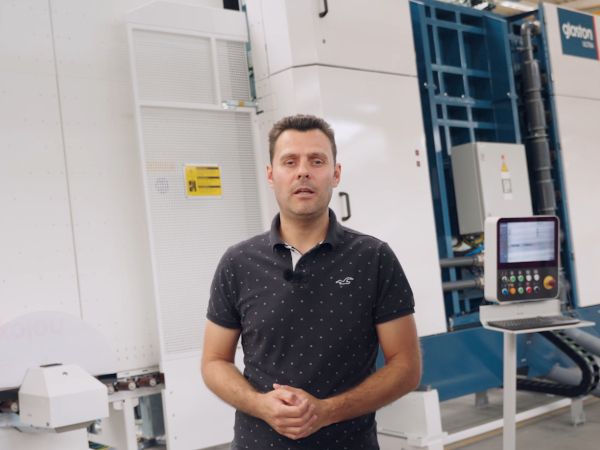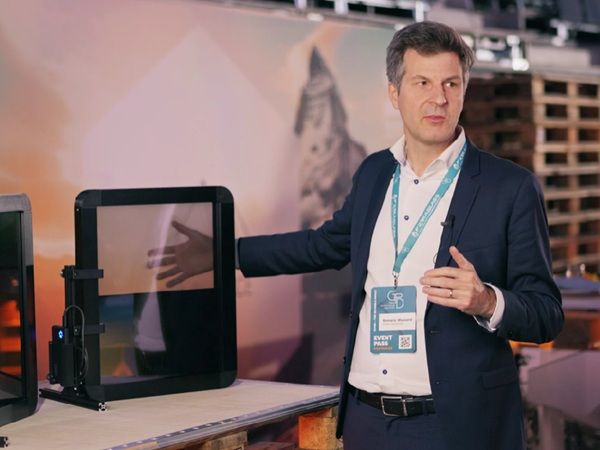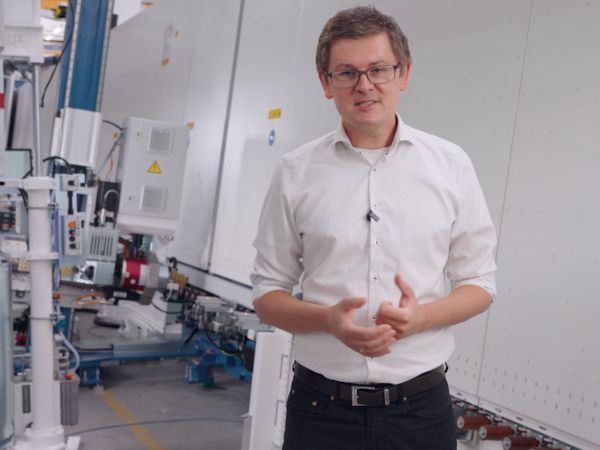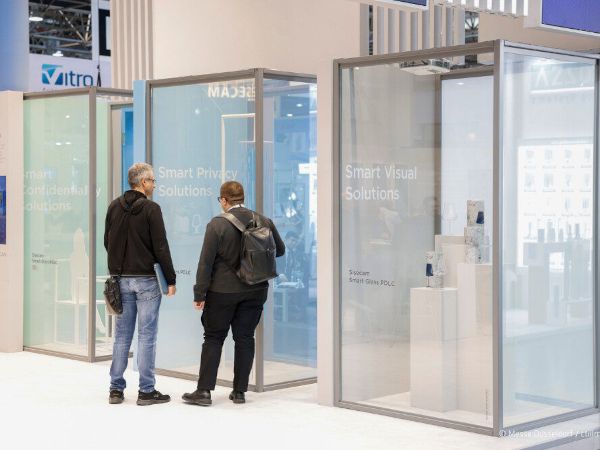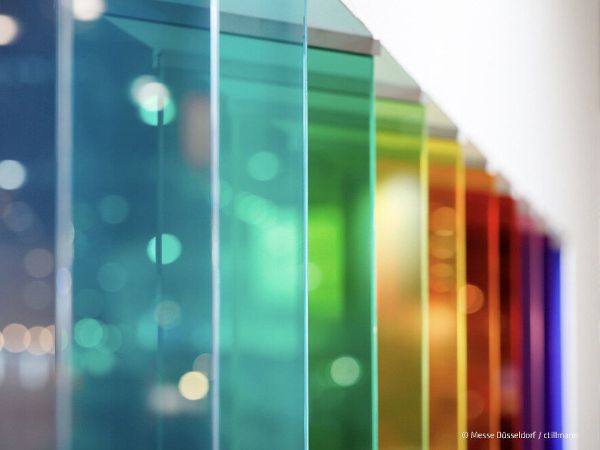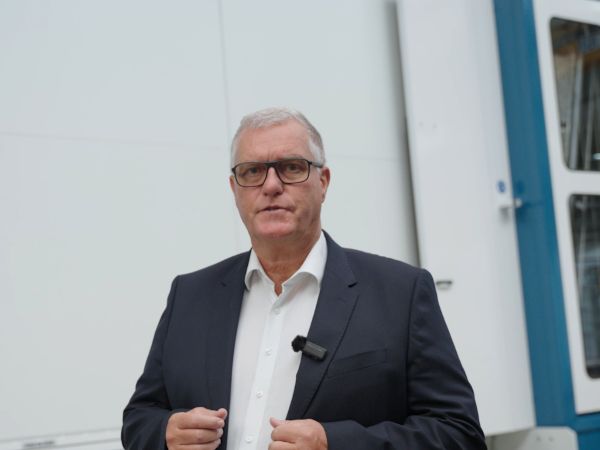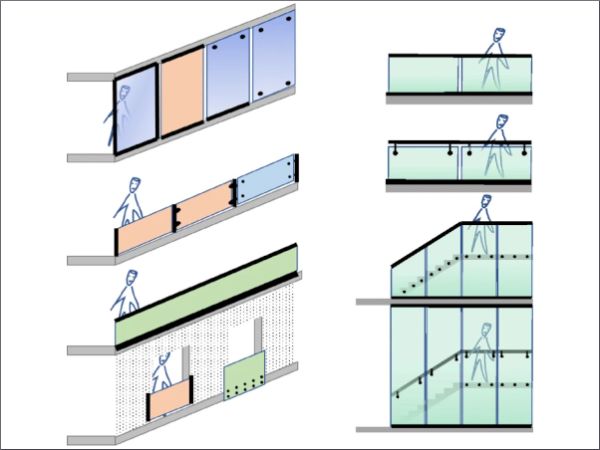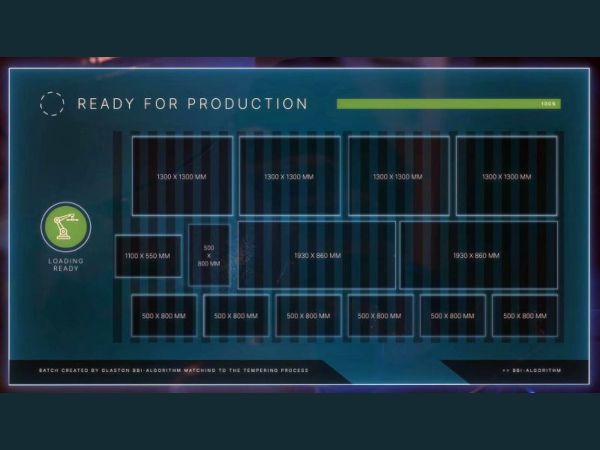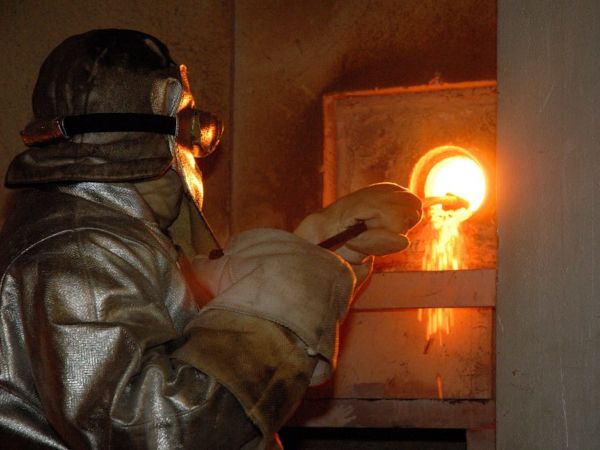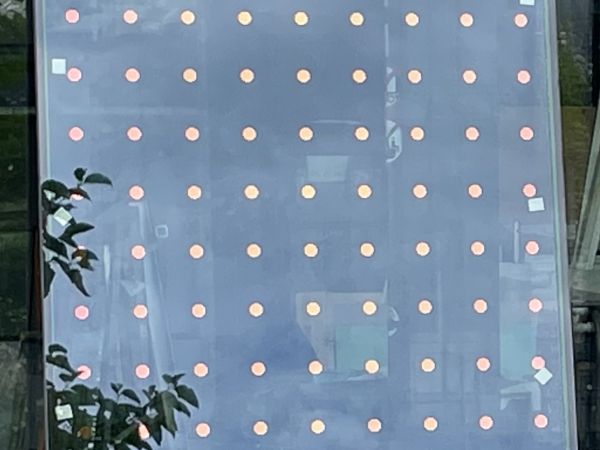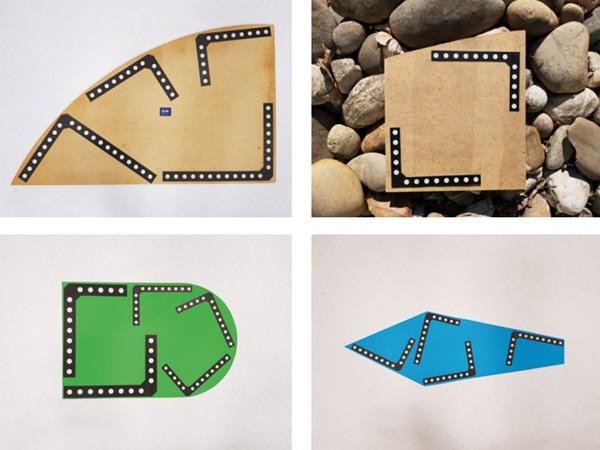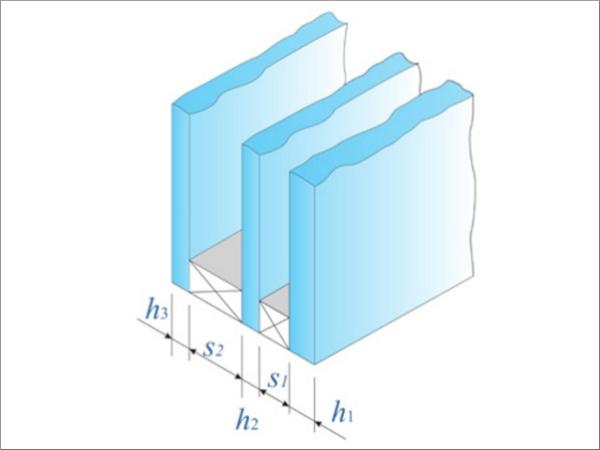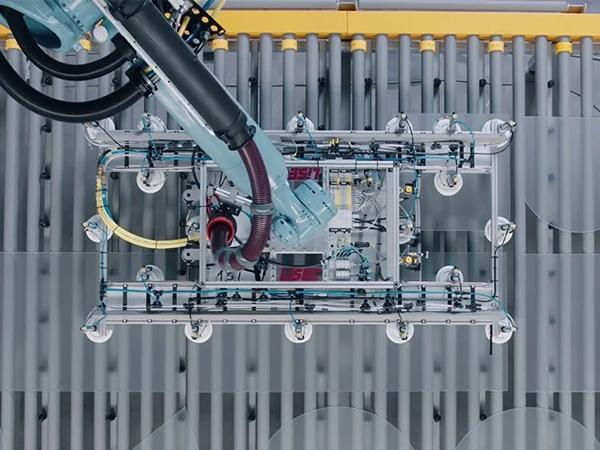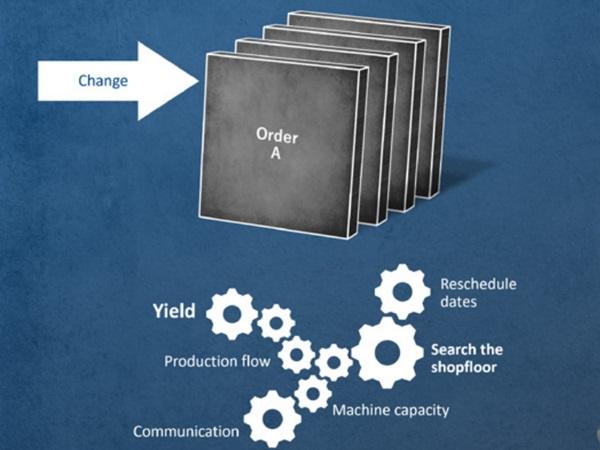Others also read
| Smart glass, simplified. Meet OSSE, Organic Semiconductor Materials for Sustainable Electronics, from the University of Turku.
| In this seventh episode, we’re exploring how dynamic mixing enhances sealing quality and speed.
| A new paper explores the complete process and equipment innovations enabling the handling, cutting, and manufacturing of ultra-thin boro-aluminosilicate glass for architectural applications.
| At Step Change 2025, ReViSalt demonstrated how its innovations are reshaping the future of glass strengthening.
| In this sixth episode, the focus is on how to assemble and gas-fill IG units synchronously.
| Fresh from Step Change 2025, Lithium Designers GmbH, the Frankfurt-based innovators transforming façade planning through parametric design and 3D-printed nodes, shared their insights on how technology is reshaping the future of architectural design.
| At Step Change 2025, in connection with Glass Performance Days 2025, eLstar Dynamics wowed us with their smart glass tech that dynamically shifts from ultra-dark (0.1% transparency!) to crystal clear (up to 70%).
| In this fifth episode, the focus is on how the new TPS® PRO Applicator achieves up to 15% higher yield.
| Be it for more privacy at the office, discretion during conferences or an aesthetic styling element in architecture – switchable glass transforms transparent surfaces into opaque walls at the touch of a button.
| Digital printing is transforming the glass industry, offering faster production, smaller batches, and more creative freedom—while reshaping processes and sustainability requirements.
| How do you move glass plates without a single scratch?
| Demand for laminated safety glass is holding strong, driven by rising safety needs and new advances in sustainability and recycling.
| The German code for the design of glass structures, DIN 18008, was first published in its final version in 2010 and 2013; as several major changes were suggested, the periodical revision took longer than expected.
| Glass finishing is a key element of modern glass processing. Over the past decades it has developed into a precise science allowing the properties of glass surfaces to be treated selectively.
| What glass processes gain the most from automation? In this blog, we’ll focus on some of the particularly promising application areas.
| A recent study by BV Glas and Stuttgart University outlines three pathways to achieve climate neutrality in the glass industry by 2045.
| ‘glass technology live’ will showcase a promising new development along with many other innovations.
| A joint development by Viprotron and A+W Software combining image processing and mathematical (geometry) knowledge resulted in a new digitizing method at ease.
| The BAM approach is here validated by means of comparison with numerical results obtained with MEPLA-ISO software.
| Robots are finding their way into the flat glass industry, improving not only process reliability but also product quality. But where exactly are they being used and what specific advantages do they offer?
| The approaches proposed by planners and architects for adapting to climate change will be discussed at glasstec 2024 (22-25 October, Düsseldorf) at its Architecture Forum.
| Sustainable growth requires cost efficiency and continuous optimization of processes. Sometimes, it even requires a disruptive change within an organization.
| Read about Uwe Risle's presentation at Glass Performance Days 2023, "Thermoplastic spacer (TPS) - process requirements for optimal application"
Unlocking energy efficiency potential: vacuum-insulated glazing for sustainable buildings - Glastory
| Read more about Antti Aronen's presentation at Glass Performance Days (GPD) 2023, "An enhanced model of thermomechanical loading on a Vacuum Insulated Glazing".





